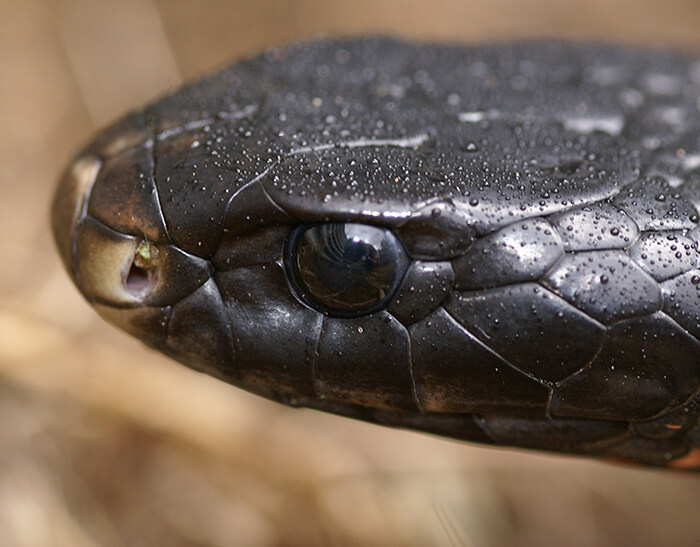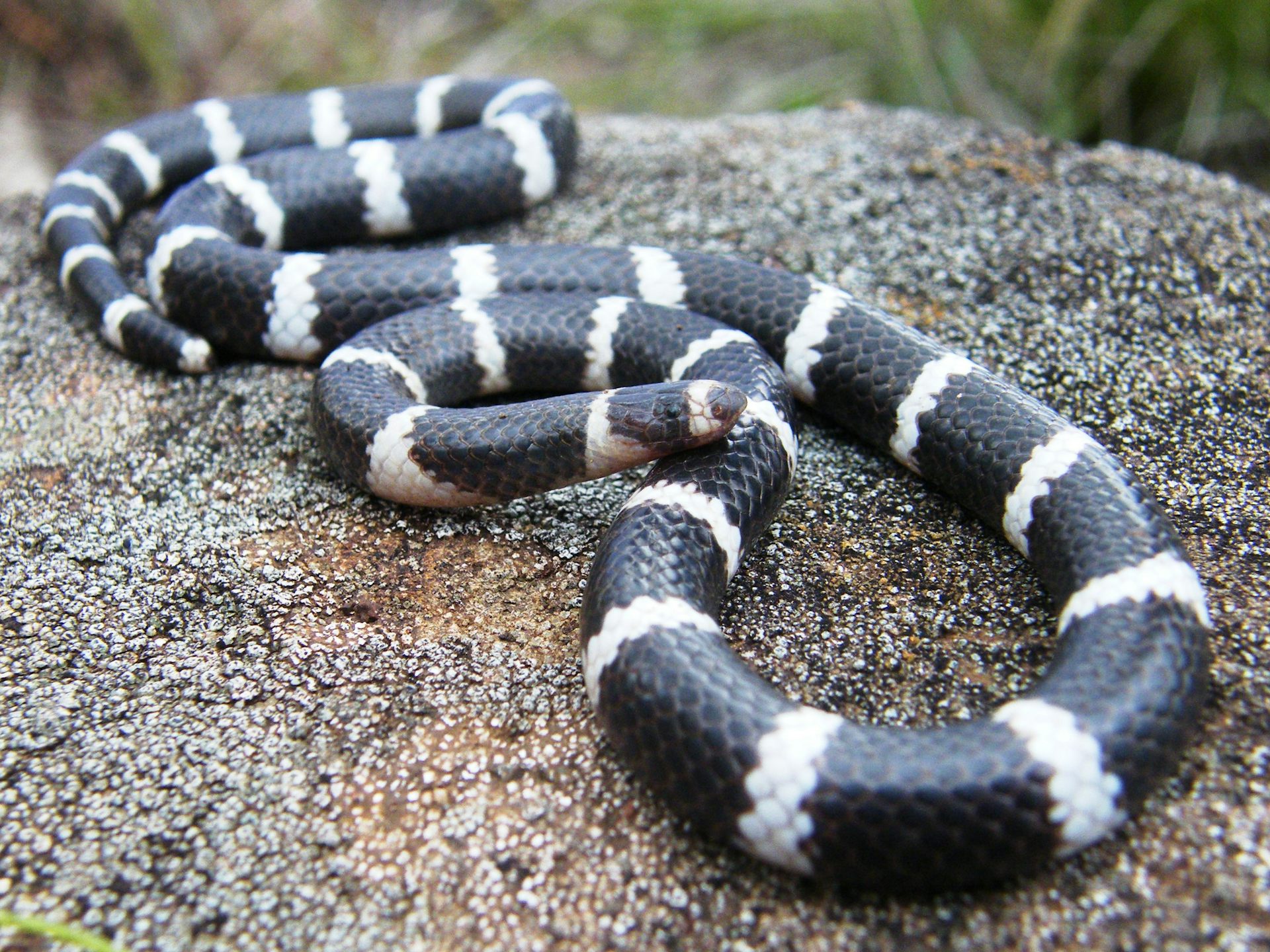Introduction
When it comes to venomous serpents, Australia is home to some of one of the most remarkable and dangerous species in the world. Amongst these, the Tiger Snake stands apart not just for its powerful poison however additionally for its intriguing behavior. Comprehending the behavior of venomous snakes like the Tiger Serpent is crucial for both wildlife lovers and those residing in areas where these serpents exist. This write-up delves into numerous elements of Tiger Serpent actions, habitat, recognition, precaution, and first aid practices in situation of a snake bite.
Understanding the Actions of Venomous Snakes Like the Tiger Snake
The Tiger Snake, medically referred to as Notechis scutatus, is notorious for its hostile nature when intimidated. These snakes show a variety of behaviors that can be fairly different from their non-venomous equivalents.
Characteristics of Tiger Snakes
The baby Tiger Snake Tiger Snake is quickly identifiable as a result of its unique bands or stripes that appear like a tiger's markings. They can differ in shade from yellowish-brown to dark olive or black. This coloration serves not only as camouflage however additionally as a caution signal to potential predators.

Adaptability to Environment
One remarkable facet of their habits is their flexibility to different environments. Discovered largely in seaside regions, marshes, and wetlands across Australia and Tasmania, they can prosper in varied habitats consisting of metropolitan areas.
Hunting Techniques
Tiger Serpents are ambush predators mostly eating fish, frogs, and tiny animals. They possess eager eyesight and a severe feeling of scent which aids them in locating target effectively.
Venom Composition
Their poison includes neurotoxins that affect the nervous system, resulting in paralysis or death in smaller sized pets. For humans, instant clinical focus is vital after a tiger snake bite because of its potentially deadly effects.

Natural Habitat of Tiger Snakes
Preferred Locations
most venomous snakes in australiaUnderstanding where these serpents stay sheds light on their behavioral patterns. The tiger serpent habitat consists of:
- Coastal regions Swamps Grasslands Urban locations with bountiful water sources
Seasonal Movements
During warmer months, Tiger Snakes are much more energetic as they indulge in sunlight or quest for food. In contrast, cooler months see them pulling away right into hibernation sites.
Are Tiger Snakes Venomous?
Yes! The inquiry "are tiger snakes venomous?" commonly occurs among those not familiar with this species. Their poison is considered one of the most dangerous among all serpent species worldwide.
Symptoms of a Tiger Serpent Bite
If bitten by a tiger snake, symptoms may include:
- Localized pain Swelling at the bite site Nausea and vomiting Sweating and confusion
Immediate medical assistance is important as neglected attacks can lead to extreme health difficulties or perhaps death.
First Aid for Snake Bites: Quick Reaction Guide
Knowing just how to administer first aid for a serpent bite could save somebody's life. Right here's what you ought to do:
Step 1: Stay Calm
Keeping calmness assists slow down heart rate which Snakebite management minimizes poison spread.
Step 2: Debilitate the Influenced Area
Keep the impacted arm or leg still and below heart level if possible.
Step 3: Call Emergency Situation Services
Always seek specialist medical assistance instantly after a serpent bite.
First Aid for Snake Bite Kit Essentials
A well-appointed snake bite emergency treatment kit need to include:
- A compression bandage Antiseptic wipes A set of scissors An ice bag
Safety Safety measures: Protecting against Serpent Bites in Australia
Awareness Programs
Educating communities regarding local snake species and their habits can significantly minimize encounters bring about bites.
Avoiding Hazardous Areas
Staying away from lengthy turf during warmer months reduces contact with snakes that could be resting or hunting.
Common Misunderstandings Concerning Tiger Snakes
Many people think mistaken beliefs concerning the habits of tiger snakes bring about unneeded concern. Below are some clarifications:
Myth 1: All Tigers Are Aggressive
Not all tiger serpents will show aggressiveness if left undisturbed; many like fleeing as opposed to confrontation.
Myth 2: They Chase Humans
Tiger serpents do not actively go after humans; they may strike when they feel intimidated however will usually retreat if provided space.
Conservation Efforts Connected to Venomous Snakes
Conservation initiatives concentrate on enlightening neighborhoods about protecting regional wild animals while lessening human-snake interactions.
Importance of Ecosystems
Understanding that venomous snakes play an essential function in preserving environmental equilibrium assists foster gratitude as opposed to worry in the direction of them.
FAQs Regarding Tiger Snakes
What must I do if I run into a tiger snake?- Maintain distance and slowly retreat without abrupt movements.
- While bites aren't very usual due to recognition efforts, they still take place every year within Australia.
- Baby tiger snakes can deliver full doses of poison regardless of being smaller sized; hence care is recommended around them.
- They primarily eat frogs, fish, small animals like rodents, and other reptiles.
- It's prohibited in a lot of jurisdictions without proper licensing due to safety problems regarding their venom.
- Wear tough boots and stay on significant routes; look before putting hands or feet right into hidden spaces like rocks or logs.
Conclusion
Understanding the actions of venomous snakes like the Tiger Serpent not only boosts our expertise however additionally advertises safety and security recognition amongst those living near their habitats. From acknowledging their features, recognizing first aid methods complying with a bite, via involving conservation initiatives-- every aspect plays a necessary function in promoting conjunction with these remarkable reptiles while respecting their place within our ecosystem.
As we deepen our understanding via education and learning and experience, we add favorably towards guaranteeing both human safety and wildlife preservation-- profiting all events involved!
